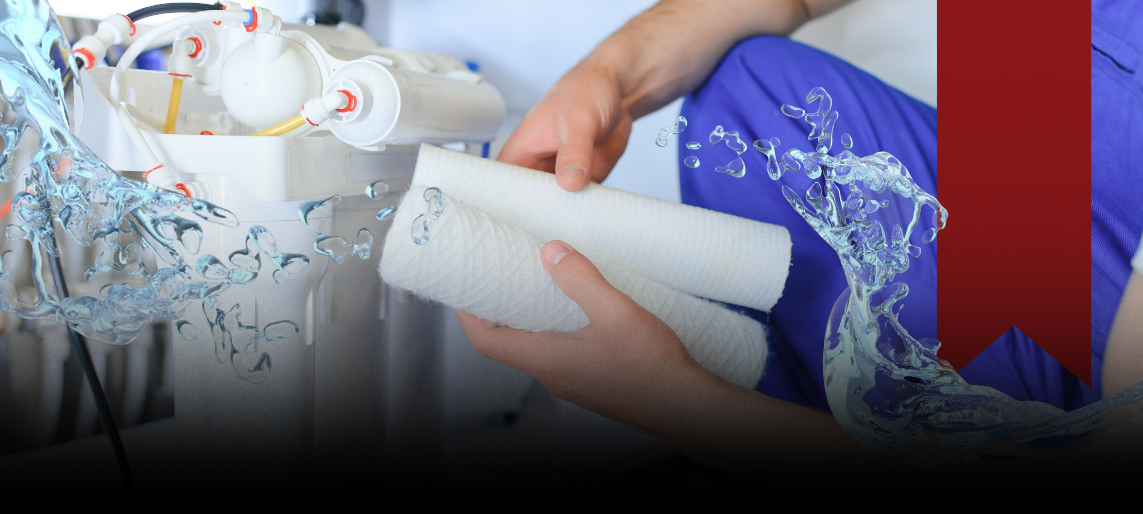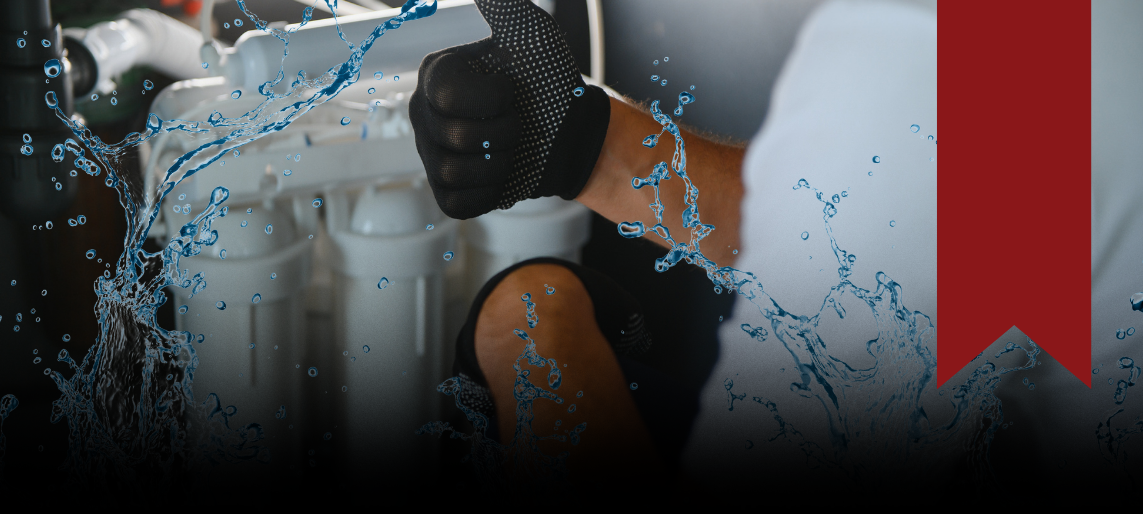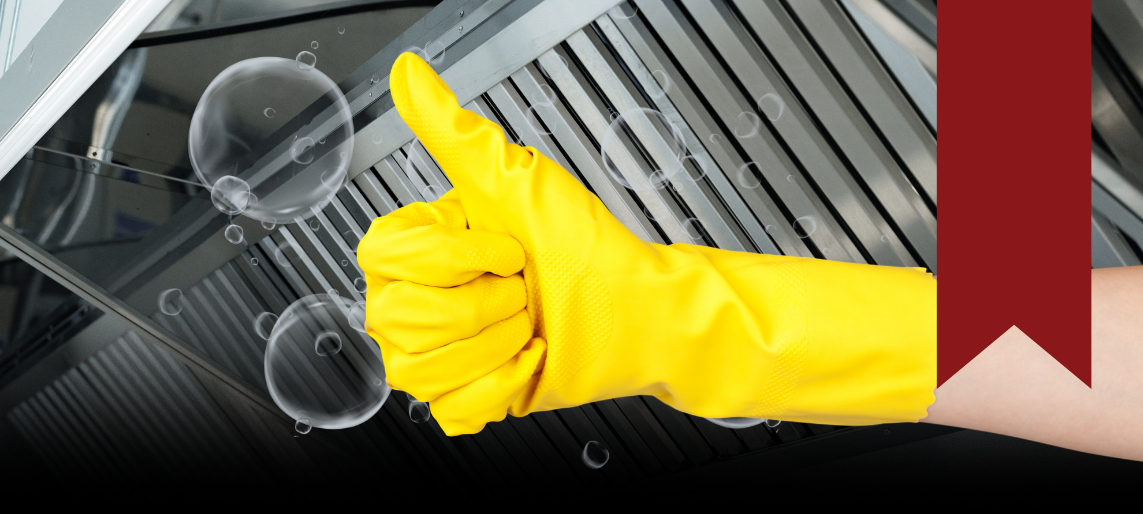
One of the most critical infrastructure decisions when designing a commercial kitchen is how to handle ventilation. Should you install a traditional hood system, or can you operate with ventless equipment?
Each option has its advantages—and choosing the right one depends on your menu, space, budget, and local regulations.
What Is a Hood System?
A commercial hood system includes an overhead canopy that extracts smoke, grease, heat, and odors through ductwork and often integrates a fire suppression system. It is standard for kitchens preparing food that produces grease-laden vapors.
- Type I hoods: Required for grease-producing equipment like fryers, griddles, and charbroilers.
- Type II hoods: Used for heat and steam removal from non-grease-generating equipment like ovens and dishwashers.
What Is Ventless Equipment?
Ventless equipment features built-in filtration systems that remove grease, smoke, and odors without the need for ducted ventilation. After filtering, the cleaned air is recirculated into the kitchen space.
Ventless options may include:
- Rapid cook ovens (e.g., TurboChef, Merrychef)
- Combi ovens with integrated venting systems
- Ventless fryers
- Self-contained griddles or grills
These units are UL-certified and designed to meet fire and health code standards where permitted.
Key Considerations When Choosing
Questions to Ask Before You Decide
- What kind of food are you preparing?
- Grease-heavy menus (e.g., fried, grilled, sautéed) almost always require a hood. Reheating or light baking? Ventless may suffice.
- What are your space limitations?
- Can your ceiling support a hood and ductwork? Is there access to the roof or exterior for ventilation?
- Have you reviewed local code requirements?
- Local fire marshals and health departments will determine what's allowed. Always check before purchasing equipment.
- Are you planning for growth?
- Hood systems support higher output and flexibility over time. Ventless systems are better suited for smaller-scale operations.
- What’s your total cost of ownership?
- While ventless units are cheaper upfront, filters need replacing regularly. Hood systems require higher initial investment, but ongoing costs are more predictable.
What Are the Types of Hoods?
There are several types of commercial kitchen hoods, each designed for specific cooking activities and ventilation needs. Here's a breakdown of the main types of hoods beyond just the commonly referenced Type I and Type II:
🔥 1. Type I Hood (Grease Hood)
- Purpose: Removes grease, smoke, heat, steam, and odors.
- Required For: Fryers, griddles, ranges, broilers, charbroilers, woks, ovens that emit grease-laden vapors.
- Includes: Grease filters (typically baffle-style), fire suppression system, exhaust fan.
Code Requirement: Mandated by NFPA 96 and local fire codes for high-heat and grease-producing appliances.
💨 2. Type II Hood (Condensate Hood)
- Purpose: Removes heat, steam, and moisture—but not grease or smoke.
- Required For: Dishwashers, pasta cookers, steamers, some ovens, and other non-grease-producing equipment.
- No fire suppression system required.
🧼 3. Dishwasher Hood (Condensate/Heat Removal Hood)
- Subtype of Type II.
- Designed specifically for high-temperature commercial dishwashers to remove steam and reduce moisture buildup in the dish room.
🧱 4. Wall-Mounted Canopy Hood
- Mounting: Fixed against a wall.
- Use: Covers equipment lined up against the kitchen wall.
- Good For: Griddles, fryers, ranges.
🏝️ 5. Island (Single or Double) Canopy Hood
- Mounting: Suspended from ceiling over island-style cooklines.
- Use: When equipment is located away from walls or in open-kitchen designs.
🧲 6. Proximity Hood (Backshelf, Pass-Over, Eyebrow)
- Mounting: Closer to cooking surface—smaller in size.
- Use: Low- to medium-duty appliances, often used in tight spaces.
- Types Include:
- Backshelf Hood – for countertop equipment
- Eyebrow Hood – above ovens or dish machines
- Pass-over Hood – between prep and cooking stations
Advantage: Lower airflow requirements, smaller footprint.
🌬️ 7. Ventless Hoods (Ductless Recirculating Hoods)
- Purpose: For use with certified ventless appliances.
- Includes: Multi-stage filtration (grease, HEPA, charcoal), recirculates filtered air back into space.
- Use: In locations where ducting is impractical or prohibited.
Note: Not a replacement for a Type I hood unless equipment is UL-listed for ventless operation.
🛠️ 8. Custom Hybrid Systems
- Purpose: Tailored to unique kitchens with mixed equipment.
- May Combine: Type I and II elements, variable speed fans, demand-controlled ventilation (DCV), or energy recovery units.
Summary Table
Final Thoughts
There’s no one-size-fits-all answer. Your decision should be guided by the type of food you prepare, your building limitations, and your business goals. Aldevra is here to help you evaluate the best path forward and ensure your kitchen is functional, efficient, and compliant from day one.
Need guidance selecting the right ventilation solution?
📞 269-350-1337
🔗 www.aldevra.com











